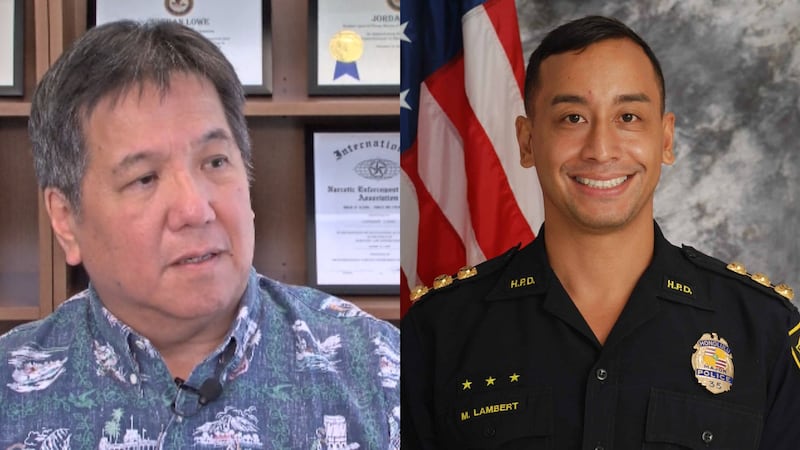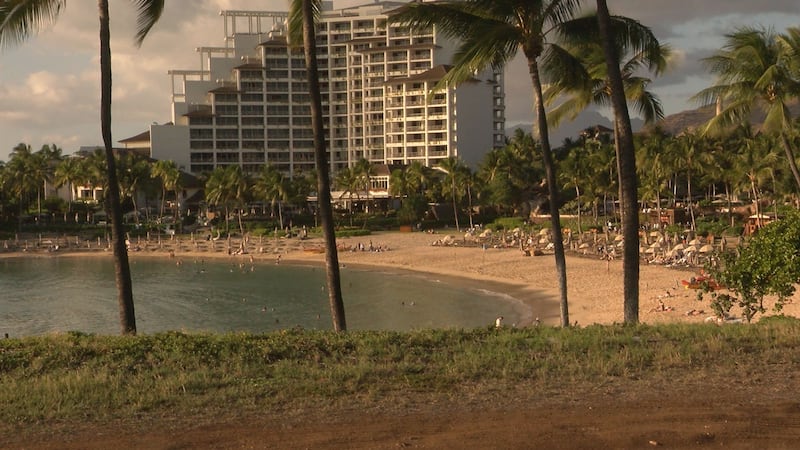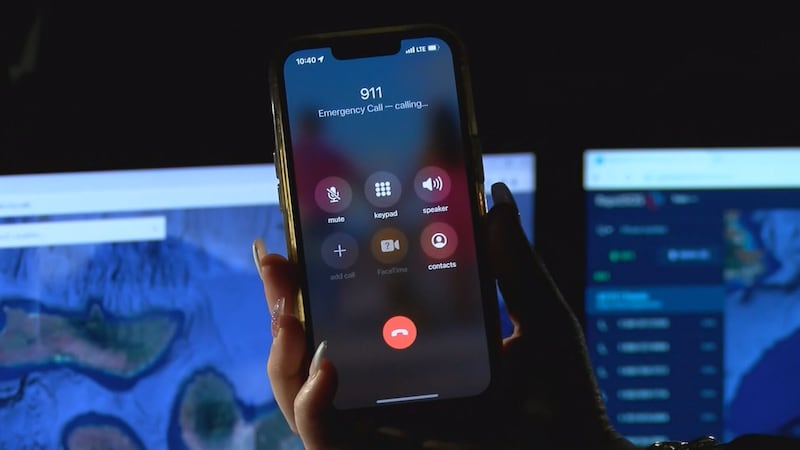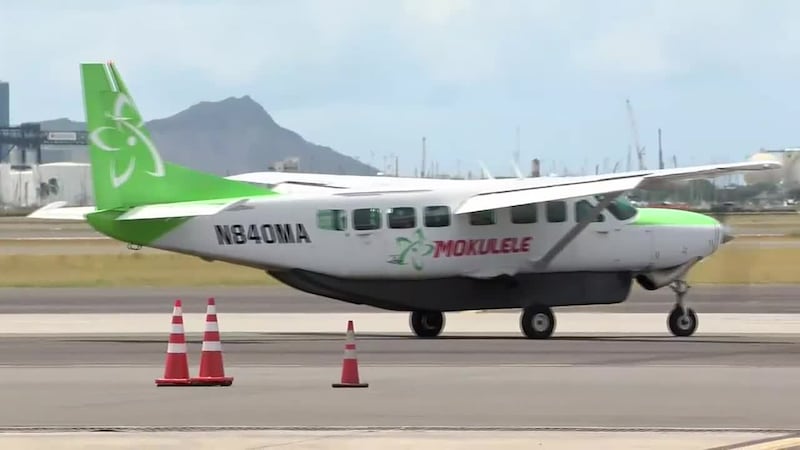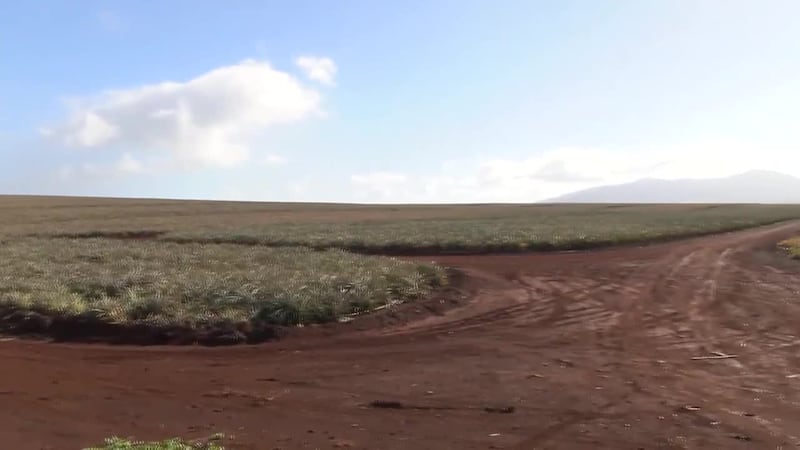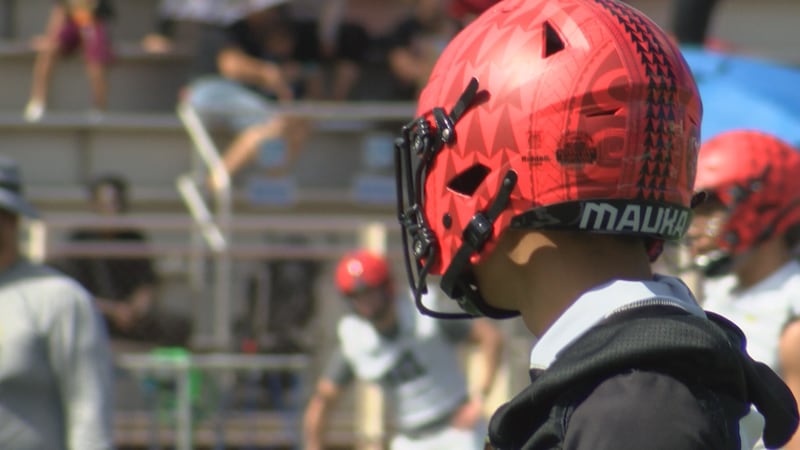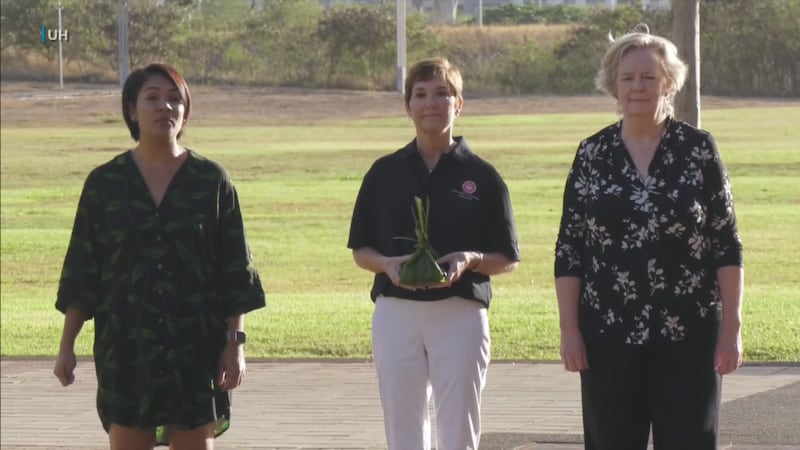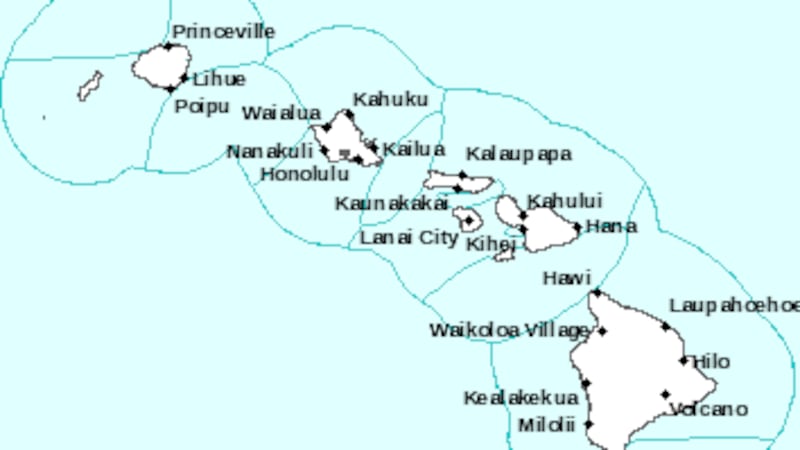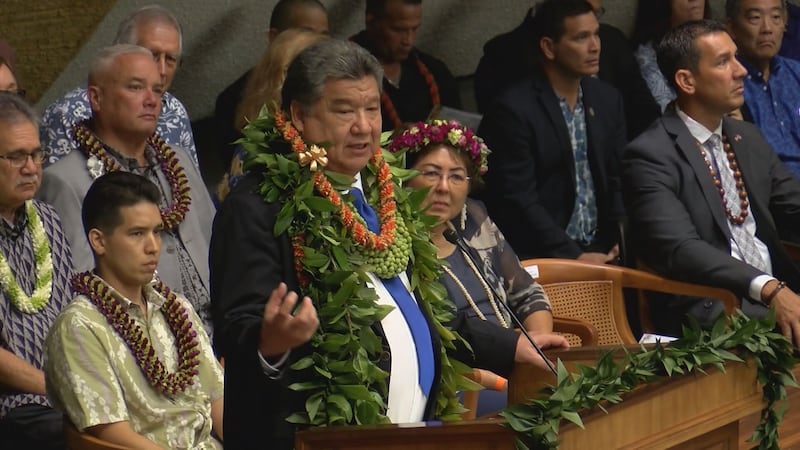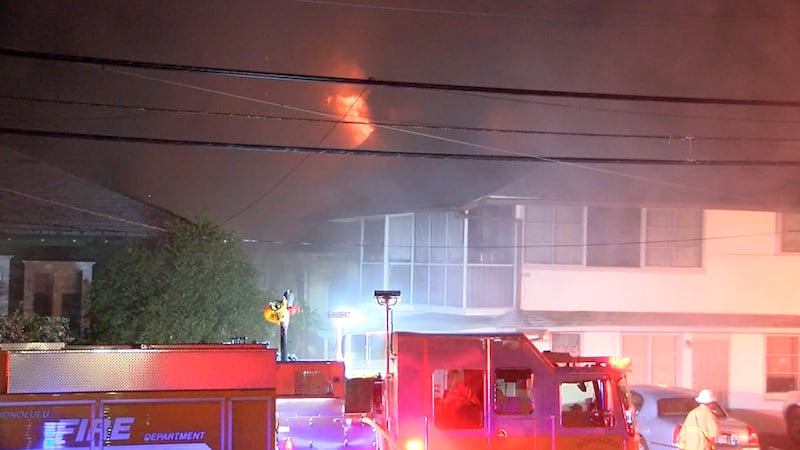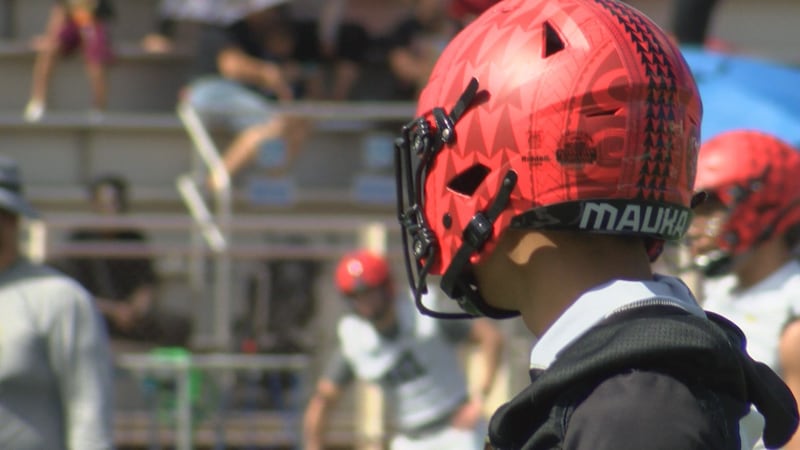AG’s final Maui wildfire report outlines priorities, recommendations
HONOLULU (HawaiiNewsNow) - Hawaii Attorney General Anne Lopez released Tuesday the third and final report for the Department of the Attorney General’s analysis and investigation into how the state and county government responded to the August 2023 Maui wildfires.
SPECIAL SECTION: Maui Wildfires
The Lahaina Fire Forward-Looking Report (Phase Three) organizes the findings from the Lahaina Fire Comprehensive Timeline Report (Phase One) and Lahaina Fire Incident Analysis Report (Phase Two), and prioritizes a list of action items the state and all counties can use to make improvements to Hawaii’s future preparation for and response to wildfires, including recommendations on how to address each priority.
The report also includes guidance for each county fire department to complete a Community Risk Assessment, Community Risk Reduction plan, and Standards of Cover analysis. Lastly, the report includes a review of the fire codes and standards adoption, as well as use processes for the County of Maui.
“The Phase Three report contains detailed recommendations and plans that state and county leaders can begin implementing today. Several of these recommendations will require collaboration between federal, state, and county agencies,” said Lopez. “The tragic fires in Los Angeles County highlight the need for action, where climate change continues to make major fire disasters more frequent. Responsible governance requires we now work together to make the necessary improvements to prevent future disasters of this magnitude from happening again.”
LEARN MORE: Maui Wildfire Investigation Resource Page
STATE OF HAWAII PRIORITIES AND RECOMMENDATIONS
State Priority 1. Action Planning and Accountability
Requires several state/county departments and agencies to work together to prepare a preliminary action plan to address Phase Two Findings and Recommendations pertaining to their areas of responsibility.
State Priority 2. Office of the State Fire Marshal
Recruit and hire a State Fire Marshal (or interim leader) and personnel to fill critical roles within the Office of the State Fire Marshal.
State Priority 3. Wildfire Education Programming
Provide educational programming across the state regarding wildfire preparedness. Develop and implement a plan for ongoing financial support for programming.
State Priority 4. Communication Systems
Assess the resiliency and functionality of communication systems and the All-Hazard Outdoor Warning Siren System (OWSS), and establish redundant public alerting and warning processes, including best practice messaging guidance.
State Priority 5. Utilities Risk Reduction and Planning
Work with utilities to identify immediate improvements to vegetation management programs to protect infrastructure from wildfire and enhance resiliency, and to provide guidelines for supporting incident management and operations.
State Priority 6. Fire Weather
Improving fire weather forecasting and historical record keeping by ensuring remote automatic weather stations (RAWS) are positioned in high wildfire danger areas statewide. Also engage stakeholders who are currently installing weather stations that may provide additional fire weather information.
State Priority 7. Evacuation
Requires several state/county departments and agencies to coordinate and prepare a standardized format for documenting and executing evacuation plans for high wildfire risk areas.
State Priority 8. Codes and Standards
Requires several agencies to collaboratively evaluate and enhance the review and adoption processes for codes and standards, ensuring they effectively address wildfire risks, particularly in the wildland-urban interface (WUI) and ensure a unified approach to wildfire resilience.
State Priority 9. Wildfire Response Preparedness
Requires several state/county departments and agencies to improve the coordination of wildfire preparedness and response of emergency responders across all agencies and private contractors to ensure the effective and efficient use of shared resources and to provide expectations for incident management organization.
State Priority 10. Vegetation and Land Management
Identify the state agency responsible for vegetation management of non-conservation areas and establish a framework for land owners to follow for responsible land management.
COUNTY PRIORITIES AND RECOMMENDATIONS
County Priority 1. Action Planning and Accountability
Assign county-based organizations and agencies to prep a preliminary action plan to address Phase Two Findings and Recommendations pertaining to their areas of responsibility and assign representatives to coordinate research and work plans with state and federal partners.
County Priority 2. Risk Assessment and Data-Driven Investment
Each county fire department should complete a Community Risk Assessment and Community Risk Reduction plan according to National Fire Protection Association (NFPA) 1300 standards, as well as complete a Standards of Cover analysis to identify investment in fire resources to address wildfire risk and other hazards in each county.
County Priority 3. Wildfire Response Preparedness
Requires county first responder and emergency management agencies across the state to improve coordination of wildfire preparedness and response of emergency responders to ensure effective and efficient use of shared resources.
County Priority 4. Incident Management
Requires county emergency management and first responder agencies to develop and implement a statewide incident management training, qualification, and response framework consistent with the National Incident Management System (NIMS) and in alignment with Homeland Security Presidential Directive 5.
County Priority 5. Wildfire and Wildland Urban Interface (WUI) Education Programming
Provide educational programming and risk reduction support for the diversity of audiences across each county regarding wildfire preparedness.
County Priority 6. Communications Systems and Planning
See State Priority 4 above. This priority also extends to: Preparing plans for how different forms of public emergency communications will be executed and ensuring interoperability of emergency responder communications.
County Priority 7. Evacuation
See State Priority 7.
County Priority 8. Codes and Standards
See State Priority 8.
County Priority 9. Utilities Risk Reduction and Planning
Recommends county fire departments and public utilities identify immediate improvements to vegetation management programs to harden and protect infrastructure from wildfire, prevent utility-ignited fires, and enhance overall resiliency. They should also develop guidelines to support incident management, operations, and responder safety.
County Priority 10. Vegetation and Land Management
Identify a county agency to work with the state agency responsible for vegetation management of non-conservation areas and establish a framework for landowners to follow for responsible land management.
Next steps
Attorney General Lopez selected the independent, third-party Fire Safety Research Institute (FSRI), part of UL Research Institutes, to assess the performance of state and county agencies in preparing for and responding to the Maui wildfires. FSRI produced all three reports released by the Attorney General. Using a systems analysis methodology, FSRI evaluated how the complex intersections between environmental conditions, human activity, established policies and procedures, and accepted norms and perceptions contributed to the August 2023 fire event in Lahaina. Through this process, FSRI identified a total of 84 findings that resulted in 140 recommendations for the state and counties to follow to begin addressing these issues promptly.
In developing the Phase Three report, each county fire chief received the County Priorities and Recommendations and personal briefings and provided valuable input that was incorporated into the report.
Currently, the state contract with FSRI includes a Community Risk Assessment (CRA), Community Risk Reduction (CRR) plan, and a Standards of Cover (SOC) Resource analysis for the Maui Department of Fire and Public Safety, although the recommendation is made in the Phase Three Report, that all four county fire departments conduct these critically important plans and analyses if they have not been completed in the past five years.
“FSRI looks forward to continue working with the Maui Fire Department to update and implement these critical plans,” said Derek Alkonis, FSRI Research Program manager. “We encourage each county fire department to complete the same analyses to address the critical wildfire risks that exist throughout the state.”
PREVIOUS COVERAGE
- AG releases ‘phase 2 ‘of Maui wildfire report focusing on systemic issues, factors that led to the disaster
- State releases findings of long-awaited ‘phase one’ probe on devastating Maui wildfires
- AG’s wildfire probe doesn’t find fault with first responders, those briefed on report say
Copyright 2024 Hawaii News Now. All rights reserved.
